MDA and MDMA are related compounds within the amphetamine family, sharing a common chemical core but producing distinct subjective effects.
Often referred to by street names like “Molly” and “Sally,” MDMA and MDA are frequently used as recreational party drugs.
Although they arise from similar chemical roots, their experiences can differ. One tends to produce greater euphoric and empathetic feelings, while the other leans more toward intensified stimulant and hallucinogenic effects.
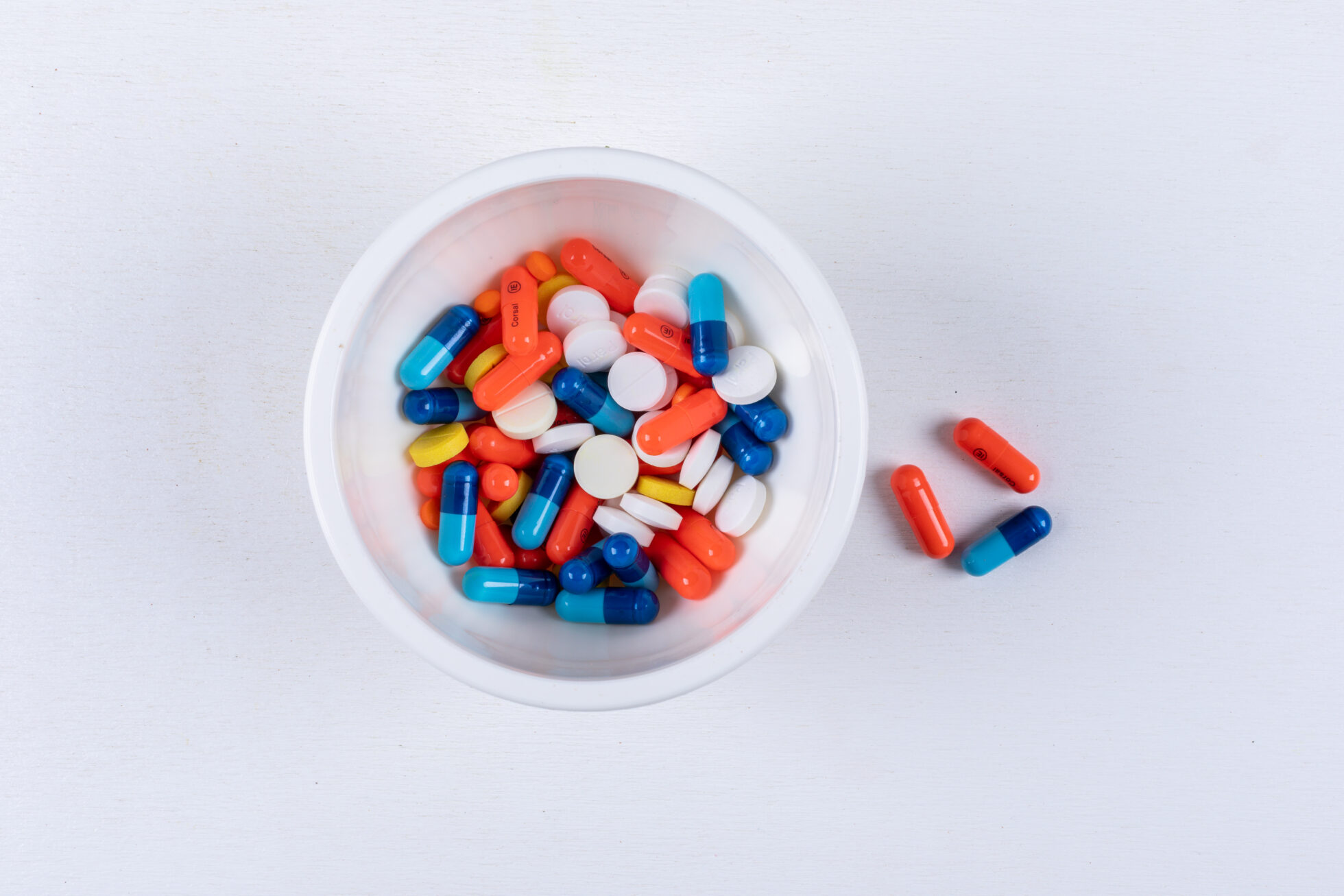
What are MDA and MDMA?
MDA (3,4-Methylenedioxyamphetamine) and MDMA (3,4-Methylenedioxymethamphetamine) are synthetic psychoactive agents classified among amphetamines and phenethylamines.
Chemically, MDA and MDMA share a related molecular framework. MDMA is effectively a chemically modified form of MDA.
After MDMA is ingested, the body metabolizes some of it into MDA through demethylation, primarily in the liver. MDA acts as an active metabolite of MDMA and contributes to MDMA’s overall effects.
Both substances produce stimulant and hallucinogenic outcomes, though the strength and duration of these effects can differ.
MDMA
MDMA, commonly called “ecstasy” or “Molly,” elicits strong feelings of euphoria, emotional openness, and empathy. It heightens sensory perception and functions as a stimulant, boosting energy and alertness.
Research indicates that MDMA prompts the release and hinders the reuptake of serotonin, dopamine, and norepinephrine, with the most pronounced action on serotonin.
The surge of serotonin caused by MDMA can leave brain serotonin levels depleted afterward. This drop can result in negative psychological aftereffects such as low mood, anxiety, and tiredness that may last several days after use.
MDMA also reliably produces adrenergic responses, like an increased heart rate and raised blood pressure, largely due to norepinephrine release.
MDA
MDA, sometimes called “Sally” or “Sassafras,” yields euphoria, higher energy, intensified sensory experiences, greater empathy, and a distorted sense of time.
MDA generally causes more pronounced visual and auditory hallucinations compared with MDMA, which is typically more associated with empathic and euphoric sensations.
MDA is often viewed as having stronger stimulant qualities and can deliver a larger surge in energy than MDMA. It also usually requires a longer time to be fully cleared from the body than MDMA.
Like MDMA, MDA’s interaction with serotonin systems can produce negative psychological aftereffects—such as depression, anxiety, and fatigue—that may persist for several days after use.
The effects of MDA vs. MDMA
Individual responses to each drug vary, influenced by dose, sample purity, personal physiology, and the environment in which they’re taken.
Effects
MDA (methylenedioxyamphetamine) — MDMA (methylenedioxymethamphetamine)
Euphoria: Yes — Yes
Increased energy: Yes — Yes
Enhanced sensory perception: Yes — Yes
Empathy: Yes — Yes
Altered time perception: Yes — Yes
Visual hallucinations: Stronger compared to MDMA — Possible, but usually less intense than MDA
Auditory hallucinations: Stronger compared to MDMA — Possible, but usually less intense than MDA
Stimulant properties: Stronger, gives a larger energy boost — Less pronounced, but present
Overall experience: More hallucinogenic and stimulant-driven — More empathogenic and euphoric
Duration: Typically takes 10–12 hours to be fully eliminated from the body — Typically takes 7–8 hours to be cleared
Both MDA and MDMA are controlled in many jurisdictions due to their potential for misuse and harmful health impacts.
How to recognize an emergency
Signs of an MDMA/MDA overdose can overlap with serotonin syndrome, but potential warning signs include:
- Dangerously elevated body temperature (hyperthermia)
- Cardiovascular problems, such as very high blood pressure, rapid or irregular heartbeat, or cardiac arrest
- Severe dehydration
- Confusion or disorientation
- Uncontrolled tremors or seizures
- Loss of consciousness
An overdose of MDA or MDMA can be life-threatening. If you suspect someone is overdosing, call emergency services immediately.
Be truthful with medical responders. Information you provide is confidential and can be lifesaving.
Emergency teams may administer activated charcoal to a person who has overdosed. If you frequently use MDMA or MDA, having activated charcoal available might be helpful, but always check with the 911 operator before giving it to someone.
Future therapeutic uses
Although MDMA is classified as a Schedule I drug in the United States—indicating high abuse potential and no accepted medical use—perspectives on its therapeutic value have been shifting.
Studies demonstrate the drug’s capacity to reduce anxiety and promote deep introspection and personal insight.
Consequently, clinical research has found MDMA-assisted therapy to be highly effective for certain conditions, such as severe post-traumatic stress disorder (PTSD), with treatments reported to be generally safe and well-tolerated.
To learn more about potential therapeutic applications for MDMA, consult ClinicalTrials.gov for ongoing trials seeking participants. Always discuss participation with your primary care physician, psychiatrist, or therapist before enrolling.
Takeaway
MDA and MDMA are related psychoactive drugs with overlapping but distinct profiles. MDA is noted for stronger hallucinogenic and stimulant effects, while MDMA is known for empathy-promoting and euphoric experiences.
Both substances significantly affect neurotransmitter systems—especially serotonin—and repeated or heavy use raises the likelihood of adverse outcomes.
Research into MDA and MDMA is ongoing, with studies continuing to assess therapeutic possibilities, safety, and risks.


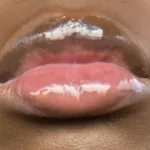










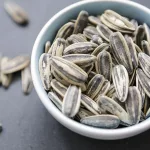
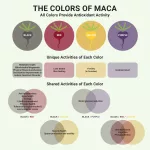

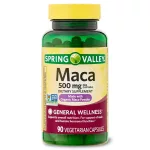

Leave a Reply
You must be logged in to post a comment.